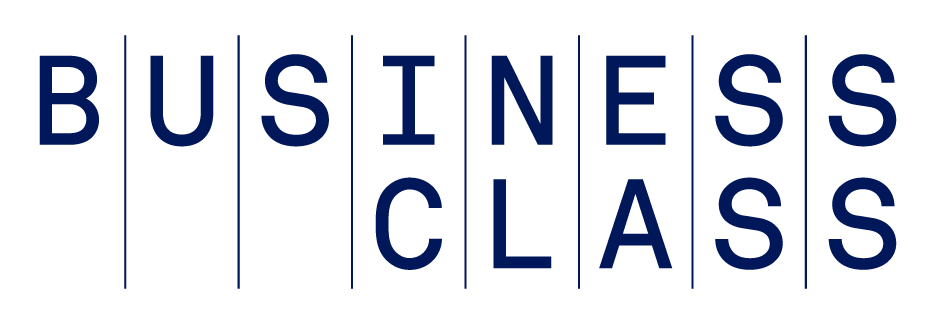As many entrepreneurs know, when used effectively, LinkedIn can be a valuable tool for drumming up business. But who actually pays for it?
I, for one, still have a free Basic LinkedIn account, but I'm always hearing about the beauty that lies in LinkedIn Premium accounts. Still, though, the options are vast and, frankly, a little confusing. There are four key audiences that Premium accounts serve— business users, job seekers, sales professionals, and talent recruiters—each of which has its own tailored features, account levels, and billing options (monthly or annually, with price discounts for annual subscriptions).
Overwhelmed by the options, I spoke with a group of small-business owners to get the scoop on just what makes LinkedIn worth shelling out for and which accounts and features they were using most. Some of the most loved Premium features among small-business owners, it turns out, are advanced search, InMail, and profile stats.
Tap Into Your Extended Network
Perhaps the biggest benefit of paid LinkedIn accounts is the ability to see full profiles of those people outside of your direct network, a feature that comes in handy for a number of purposes.
As director of marketing at Silicon Valley-based user-testing platform YouEye, Forrest Kobayashi says the ability to see full profiles of people within his third-degree connections has enabled him to interact with people in his extended network he wouldn't usually have access to.
Getting to these contacts is easier, too, given the advanced search options available to Premium users. While those with free and paid accounts can use several search options (including relationship, location, current company, industry, school, past company, and profile language), only premium users have access to advanced search options that help narrow down searches to the right person within an organization. These restricted options include groups, years of experience, function, seniority level, interests, company size, and more.
Sharif Khalladi, founder of Amsterdam-based marketing firm Complexant, takes his searching to the next level with filters. "Setting up search filters enable you to easily turn this outreach into a weekly or monthly task, since LinkedIn sends you email notifications when new LinkedIn members match your search query," he says.
Likewise, Ken Mazaika, a market-research consultant, says his Premium Business account on LinkedIn has enabled him to conduct better market research for his company, resulting in the development of a better product offering and cold-call contacts. With advanced search and full profiles, "the business upside for me was speeding up the learning process about my company," Mazaika says.
To put it briefly, search and full profiles alone help you go into any meeting well-researched, says business development professional Christopher V. Cook.
Meet People Through InMail and Introductions
And what would LinkedIn be without networking? Two of its most coveted networking features, InMail and Introductions, are highly limited to Basic users, but available to Premium users in tiers, depending on which plan you buy.
InMail, LinkedIn's internal messaging system, seems to be the center of activity for a lot of small businesses, especially for marketers.
Dmitriy Davidov, chief marketing officer at Alexandria, Va.-based Bitrix24, an enterprise social networking platform for small businesses, has gained press in some of the top tech publications around the world—including Forbes, ZDNet, PCMag, and PCWorld—all from contacting journalists via InMail.
And lastly, nothing works better in the world of networking than an introduction. LinkedIn takes advantage of this social truth with its Introductions features, which enables second-degree contacts to introduce you to those you want to reach. Frank Strong, communications director with New York-based workflow solutions provider LexisNexis, says the tool has enabled him to meet and connect with about 50 people he wanted to get to know. "It's amazing, really, that 50 people would take some time to chat with a stranger because of an introduction," he says.
See Stats On Who's Viewed Your Profile
Want to feel like a private eye while on LinkedIn? Look no further than your Profile Stats. Cited by Kobayashi, and many other interviewees I chatted with, as a favorite Premium feature, Profile Stats showcases various details, including geography and industry, about the people who have viewed your profile. "It provides a holistic view of how my profile is viewed by the LinkedIn community," Kobayashi says. In a way, the feature is the pulse of your LinkedIn presence, illuminating just who is interested in your professional history or skills. This information may even shed light on who your competitors or customers are.
Even Brian Murray, director of talent and culture at New York-based word-of-mouth marketing firm Likeable Media, says the "Who Has Viewed Your Profile" feature has lead to some great conversations with potential candidates. After seeing someone of interest had viewed his profile, he reached out and started a dialogue, he says. Of course, all LinkedIn users, Premium and Basic, can choose to appear as "anonymous" in this section, so that has some affect on usability. Though it should be noted: Anonymous users also miss out on being able to see who has viewed their profile. Some successes have come of this method, though Murray tends to focus on using the highly customizable and more pro-active search tool to find candidates, which has led to a few hires and many interviews already.
The Case For Not Paying
"You can do almost everything needed from a networking and connecting standpoint using the free version of LinkedIn," says Michelle Kane, owner of South Dakotan public relations firm Black Hill PR. The best results she had before buying a Premium account came from the simplicity of meeting someone new and then connecting with them on LinkedIn, instead of keeping their business card, she says. "I consider LinkedIn my online Rolodex file."
If you, like many other business professionals, are merely looking to keep a rolling tab of the business contacts you meet, perhaps a paid account isn't for you. Those in the sales, marketing, or recruiting roles, though, should take another look at the Premium offerings.
And, here's a pro tip for you: Check out the Personal Plus Premium account, a low-cost, hard-to-find Premium option that comes in at $7.95 per month (billed annually) or $9.95 per month (billed monthly), much cheaper than the advertised options. The Personal Plus option isn't listed on LinkedIn's Premium accounts offerings page, but is accessible with the direct link.
Erica Swallow is a New York City-based tech and lifestyle writer, technology entrepreneur, and MIT Sloan MBA candidate. This post is part of the LinkedIn For Small Business Series, which explores the ins and outs of using LinkedIn to maximize small business returns.
Photos from top: Thinkstock, Shutterstock



